Tue 17 Oct 2017
Maintaining the balance of plant on a windfarm demands a wide range of expertise, from blade repair to
project management
As Philip Woodcock* explains, there is a growing need to reduce O&M costs on offshore windfarms, but a
consensus has yet to be reached on how best to do so
Over the last 12 months, the offshore wind industry has basked in the warm glow of public approval as the level of
subsidy required for new projects has fallen steeply and zero-subsidy contracts have been achieved
As the winners are all experienced industry players with shareholders to answer to, they will undoubtedly have developed
strategies for making money in this new normal. Larger and larger turbines have been identified as the most important
driver of cost reduction, but cost reduction in operations and maintenance (O&M) will also be paramount and have a
fundamental impact on the supply chain.
The concept of servicing or inspection, maintenance and repair (IMR) of balance of plant covers everything outside the
nacelle of a turbine, but the market for this kind of work in extremely fragmented, with service providers ranging from
subject specialist companies in blade repair and thickness measurements through to general project management
companies who subcontract in all of the services needed to complete a work scope.
Some windfarm operators maintain balance of plant themselves and contract in any expertise they do not have inhouse;
others give all the work out in the form of large service contracts. However, to date, the parties that have won large-scope
balance of plant maintenance contracts do not have all required specialities inhouse themselves and have to subcontract
packages out to specialist companies. Undoubtedly, the need to reduce O&M costs will force windfarm operators to look
closely at their balance of plant service strategies in the coming years.
The scope of a large maintenance contract could include marine logistics,; foundation inspection, infield and export
cables and scour protection of cables and foundations. It could also include IMR of the blades themselves. Other large
maintenance contracts include the operation, maintenance and monitoring of offshore transformer and substations or
operations and IMR of wind turbine generators and associated equipment.
The latter require much higher levels of proprietary technical knowledge and are often limited to the original equipment
manufacturers (OEMs), at least for the initial warranty periods. The Gemini offshore windfarm offshore the Netherlands
is an example where the balance of plant and transformer station IMR work was contracted out to commercial third
parties Offshore & Wind Assistance (OWA) and EWE Offshore Service & Solutions (EWE-OSS).
The effect of cost control on the balance of plant service sector has yet to be determined and has those in the sector
wondering what the outcome will be. There is no clear path, and a variety of different scenarios will evolve, depending on
the inhouse capabilities and ownership structures of the windfarms. The larger, integrated windfarm operators such as
Orsted (formerly Dong Energy) or Statoil may wish to leverage costs they have already sunk in a project in inhouse service ability and eliminate the middle men; non-operating owners such as Blackrock or Northland Power may look to
further delegate responsibility through large service contracts.
The latter approach would encourage consolidation and integration, with a few large multiskilled service providers
emerging with the financial capability to assume the liability of lump sum contracting. The third option is to maintain the
status quo of ‘divide and conquer’, where windfarm operators contract a large number of small parties and use the power
of ‘survival of the fittest’ to drive down costs.
Recent conversations with one windfarm operator indicated a frustration with the balance of plant service arrangements in
place, as their service provider subcontracted another company to execute part of the scope and placed a significant
margin on top. The operator stated that, in future, he would bring this responsibility inhouse and either execute the work
with his own team or do the subcontracting himself.
Large operators such as Orsted always maintain a large operations team on each windfarm combined with significant
back office engineering and contracting resources, so it is logical that they will further leverage this overhead by bringing
more and more of the scope inhouse. Any skills gap, such as subsea services, can easily be sourced via their contracting
teams, which allows them to manage this kind of work directly, without intermediaries.
One strategy for institutional investors in new projects or existing windfarms will be to keep operational overheads and
liabilities low by awarding large contracts protected by performance guarantees. However, recent examples of the award
of large balance of plant contracts demonstrates that the winners, such as OWA or Deutsche Windtechnik, are not able to
provide all of the services inhouse and act more as project managers.
For windfarm operators to properly de-risk operations and reduce costs, balance of plant maintenance companies will
need to be able to provide fully integrated services and have sufficient capability to make margins worthwhile. To provide
integrated services and have the financial clout to take on large lump-sum contracts, there will have to be consolidation in
the market.
Early signs of consolidation are there, with James Fisher’s acquisition of increased diving and blade inspection capability
from Hughes Sub-Sea Engineering and ROTOS360. Other examples include Global Marine’s bid to improve on recent
underperformance of large assets by combining them with the service engineers, small vessel logistics and contacts of
CWind, and EDF Energies Nouvelles’ acquisition of German service provider Offshore Wind Solutions and its existing
contracts on the Bard Offshore 1 windfarm.
The status quo could also form part of the strategy going forward. From a supplier’s perspective, it seems logical to
consolidate into larger, more capable companies, but this is not a phenomenon witnessed in the service side of the
windfarm industry. Whether it is a conscious tactic or an unintended positive outcome, the divide and conquer method of
supporting fragmentation over consolidation has ensured that the balance of control remains with the windfarm operator.
As the majority of service providers are small enterprises, it is easy to apply pressure to force down prices. The crew
transfer vessel segment is a prime example of this, where the number of owners has increased almost at the same pace as
the number of vessels but rates and terms and conditions have deteriorated. The failure of the fleet of Turbine Transfers to
be sold ‘en bloc’ is a clear example of the market’s reluctance to consolidate.
As windfarm operators strive to find new models in a world of significantly reduced or zero subsidies, they will be
looking at every aspect of their supply chain to de-risk and reduce cost. No matter what tactics windfarm operators use, it
will be wise for balance of plant service providers to explore the ability to provide integrated services and to assume
lump-sum risk in an effort to defend market position and margins. By increasing the scope of their services and financial
strength, integrated service providers should be able to secure larger contracts from operators who want to de-risk
projects. If large windfarm operators bring everything inhouse, suppliers will not be able to compete.
*Philip Woodcock, general manager, Workships Contractors



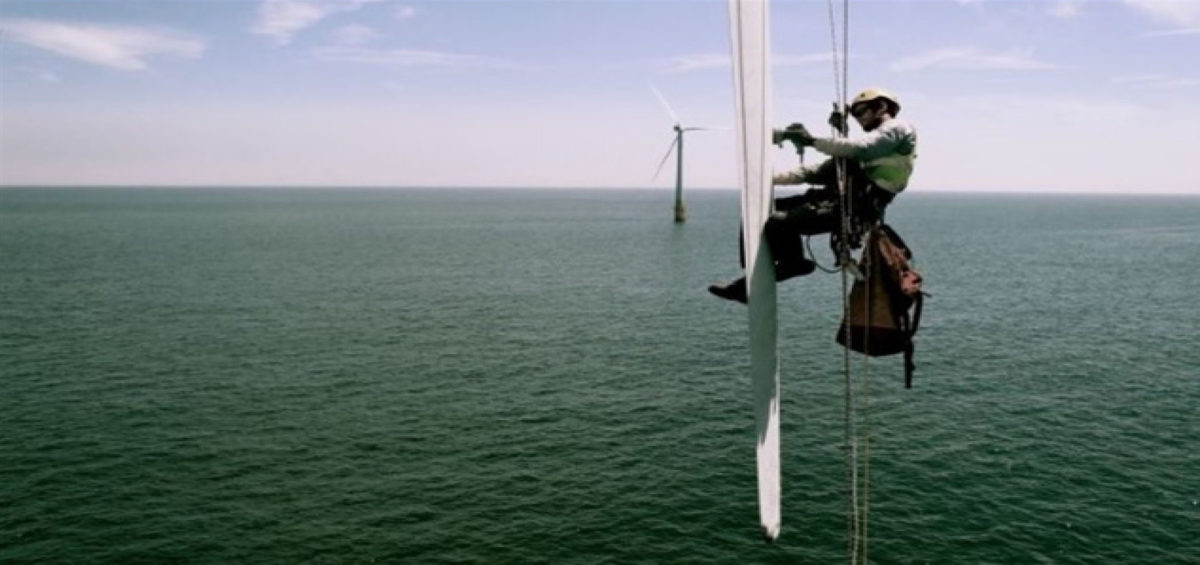
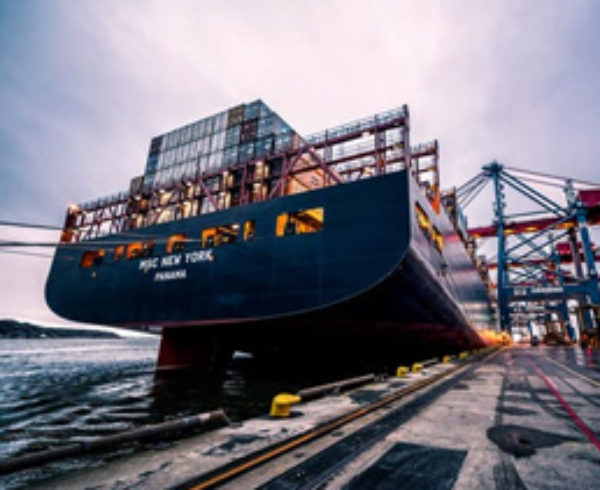
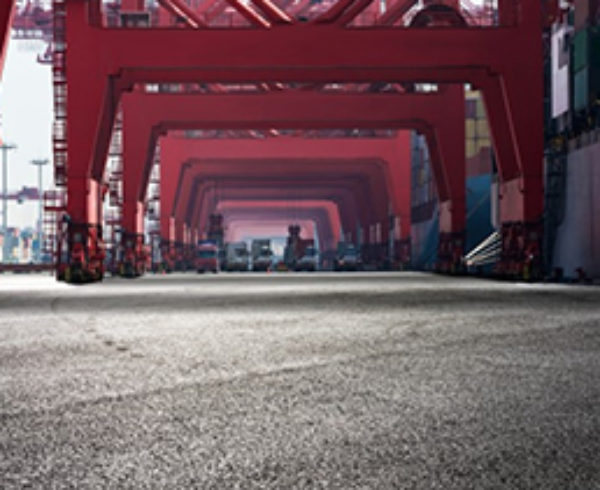
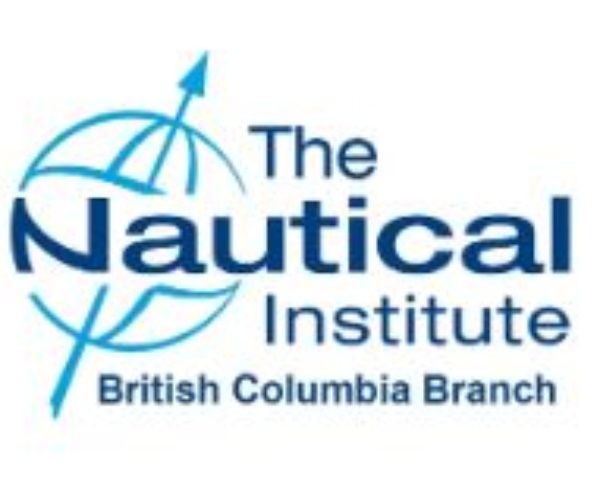
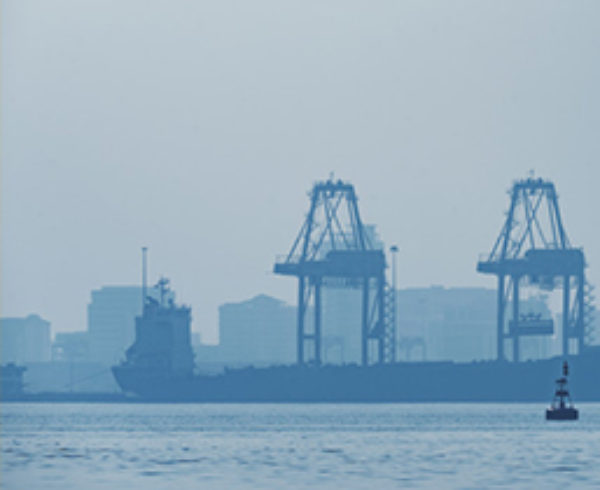
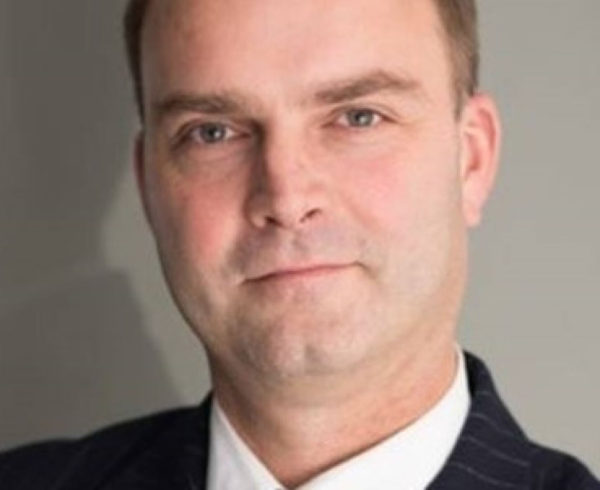
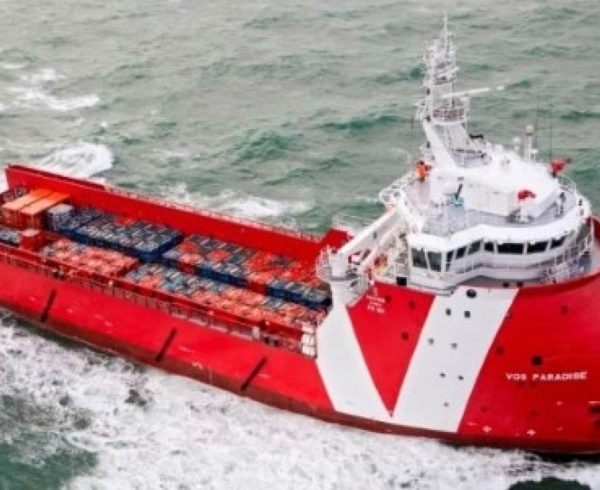
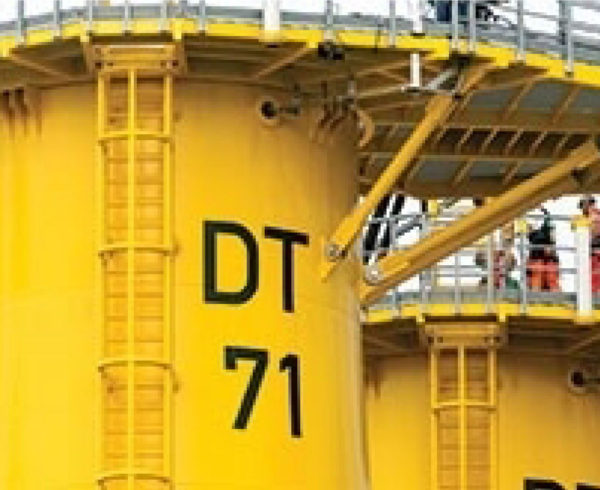
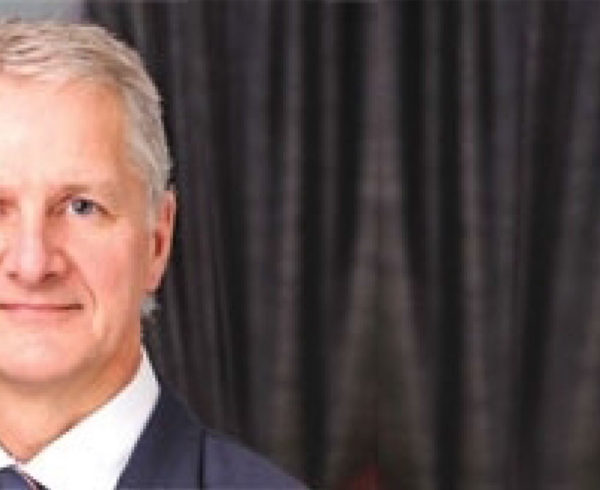

Leave a Comment